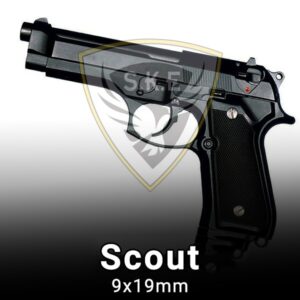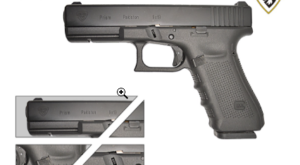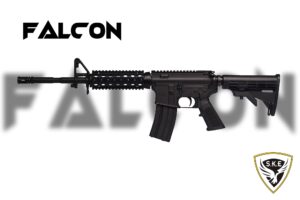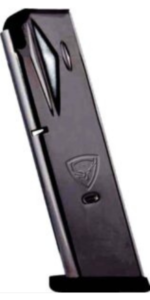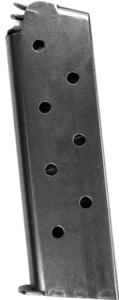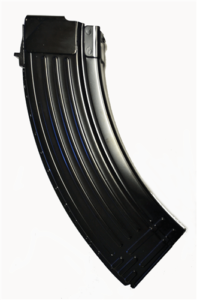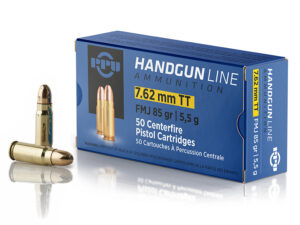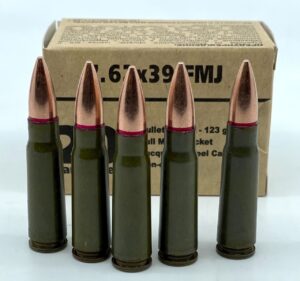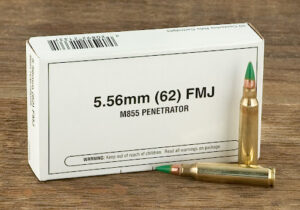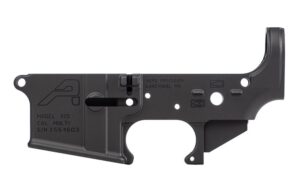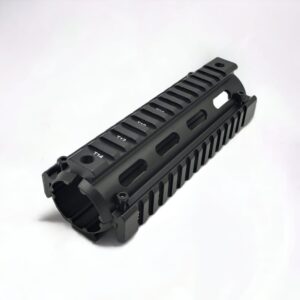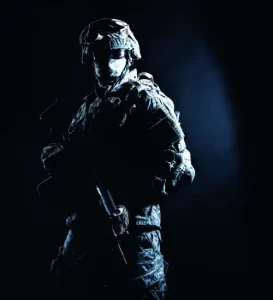The Arsenal Unveiled: Exploring Weapons in Dir
In the rugged and mystical landscapes of Dir, where history whispers through the valleys and echoes off the towering peaks, lies a realm where weapons have played a pivotal role in shaping its narrative. From ancient battles to modern conflicts, the arsenal of Dir has evolved, reflecting the region’s tumultuous past and its vibrant cultural tapestry. Join us on a journey through time and terrain as we delve into the intricate world of weapons in Dir.
Ancient Armaments:
The story of weapons in Dir begins eons ago, when early inhabitants fashioned rudimentary tools of war from stone, wood, and bone. These primitive implements evolved over millennia, as advancements in metallurgy and craftsmanship gave rise to more sophisticated weaponry. From the iconic curved swords of the Pashtuns to the ornate daggers of the Swatis, each weapon bore the imprint of its maker’s ingenuity and skill.
The Golden Age of Conquest:
Dir’s strategic location at the crossroads of ancient trade routes made it a coveted prize for empires and kingdoms vying for supremacy. The clash of civilizations brought forth an array of weapons, from the fearsome battle-axes of the Kushans to the finely crafted bows of the Mughals. Yet, amidst the chaos of conquest, a rich cultural exchange flourished, as artisans and warriors traded techniques and technologies, enriching the region’s martial tradition.
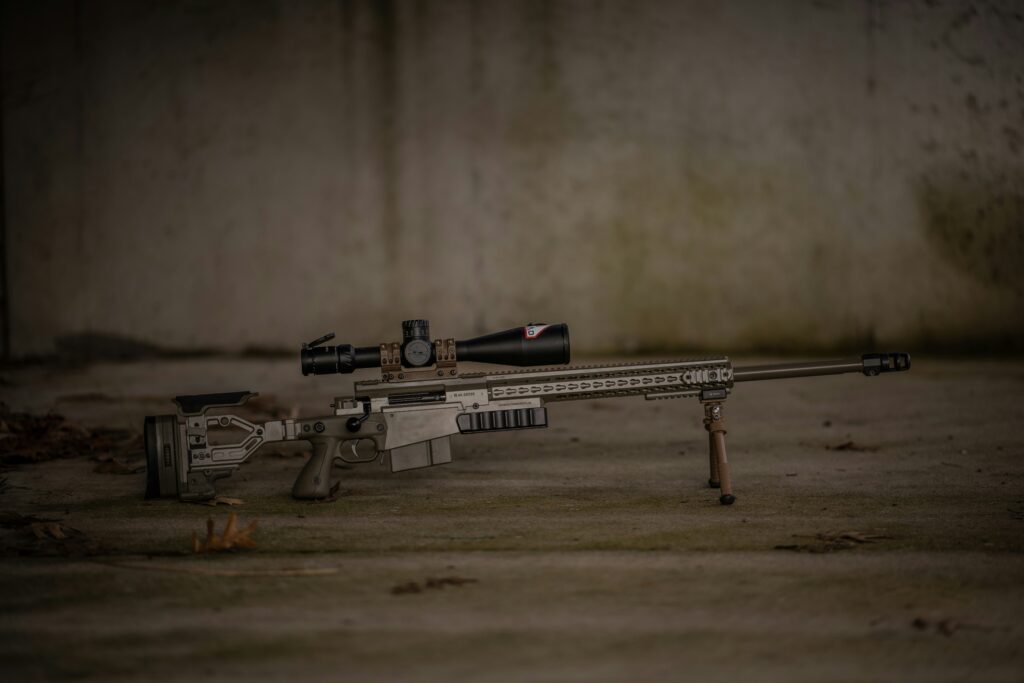
The Tribal Legacy:
As empires waxed and waned, Dir’s rugged terrain provided sanctuary for resilient tribes, each with its own martial heritage and distinctive armaments. From the nomadic horsemen of the Yusufzai to the mountain warriors of the Swat Valley, tribal warfare shaped the evolution of weapons in Dir. The distinctive khyber knives and tribal shields became symbols of pride and identity, passed down through generations as heirlooms of honor and valor.
Colonial Encounters:
The arrival of European powers in the Indian subcontinent heralded a new chapter in Dir’s history, as colonial armies introduced firearms and artillery to the region. The clash of traditional and modern weaponry transformed the battlefield, as muskets and cannons replaced bows and arrows. Yet, even as Dir came under foreign dominion, its warriors adapted and innovated, blending ancient techniques with new technologies to defend their homeland.
Modern Warfare:
In the tumult of the 20th century, Dir found itself embroiled in the upheavals of partition and independence, as new nations emerged from the crucible of colonialism. The scars of conflict marred the landscape, yet amid the chaos, a new generation of soldiers and revolutionaries emerged, wielding weapons of mass destruction and guerrilla warfare. From the rugged mountains of Waziristan to the bustling streets of Peshawar, Dir became a battleground of ideologies and aspirations, where the fate of nations hung in the balance.
The Legacy Continues:
Today, as Dir navigates the challenges of the 21st century, the legacy of its martial tradition endures. From the bustling bazaars of Mingora to the remote outposts of Chitral, weapons remain an integral part of daily life, from ceremonial rituals to self-defense. Yet, amidst the echoes of history, there is also hope for a future where swords may be beaten into plowshares, and the art of war gives way to the pursuit of peace.
Conclusion:
In the timeless landscapes of Dir, where mountains touch the sky and rivers run deep, the story of weapons is etched into the fabric of its culture and history. From ancient swords to modern firearms, the arsenal of Dir reflects the resilience and spirit of its people, who have weathered the storms of conquest and conflict with courage and dignity. As the journey through time and terrain unfolds, one thing remains clear: the legacy of weapons in Dir is not just a tale of war and conquest, but a testament to the enduring human spirit.
-
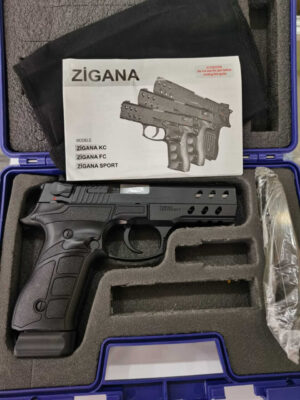
zigana original 9mm pistol price in pakistan
Read more -

SK 19 Pistol
Read more -

S.K Phantom 30
Read more -

S.K Scout 9×19
Rated 3.50 out of 5Read more -

S.K PRISM 9X19
Read more -
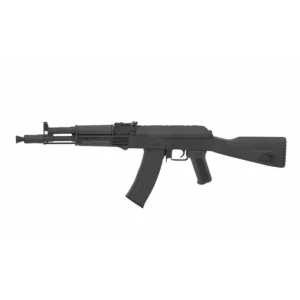
S.K Eagle 223
Read more -
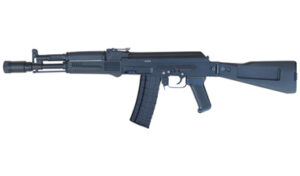
S.K EAGLE 7.62×51
Read more -

S.K Eagle 7.62×51 COMPACT
Read more -

S.K EAGLE 7.62×51
Read more -
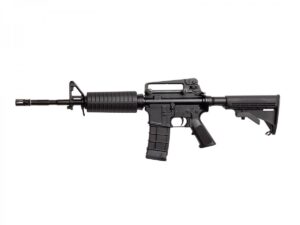
S.K FALCON 5.56×45
Read more -
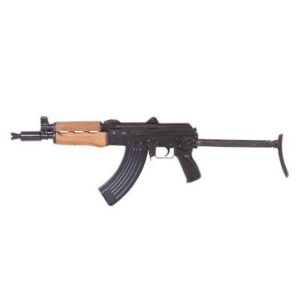
S.K.E Al-Badr 762V3 Compact
Read more -
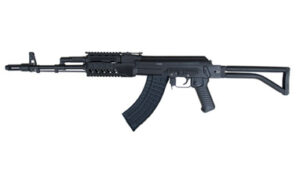
S.K.E Al-Badr 762V1
Read more -
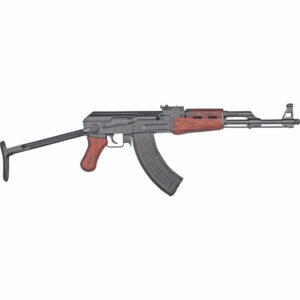
S.K.E Al-Badr 762V2
Read more -

MAG SK 9X19 V1
Read more -
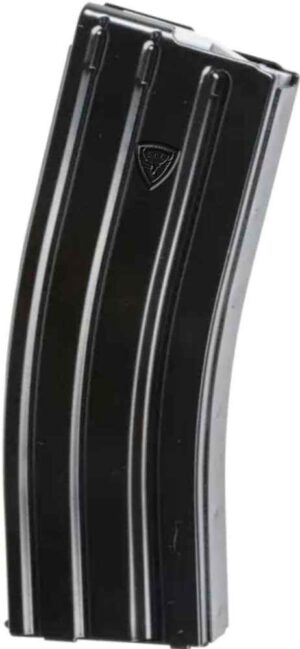
MAG SK 5.56X45
Read more -
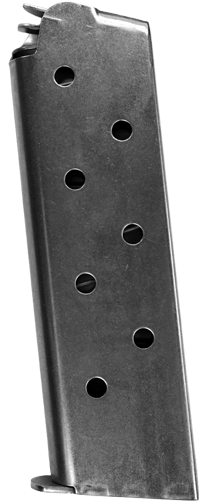
MAG SK 30
Read more



